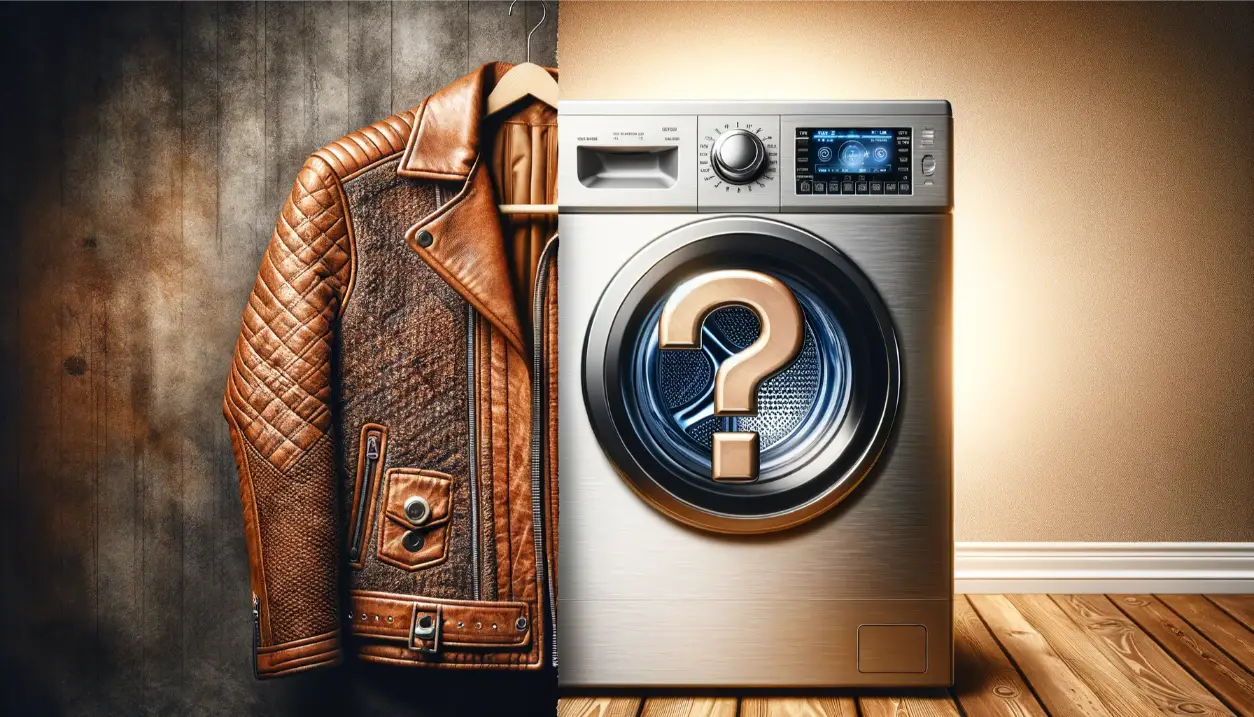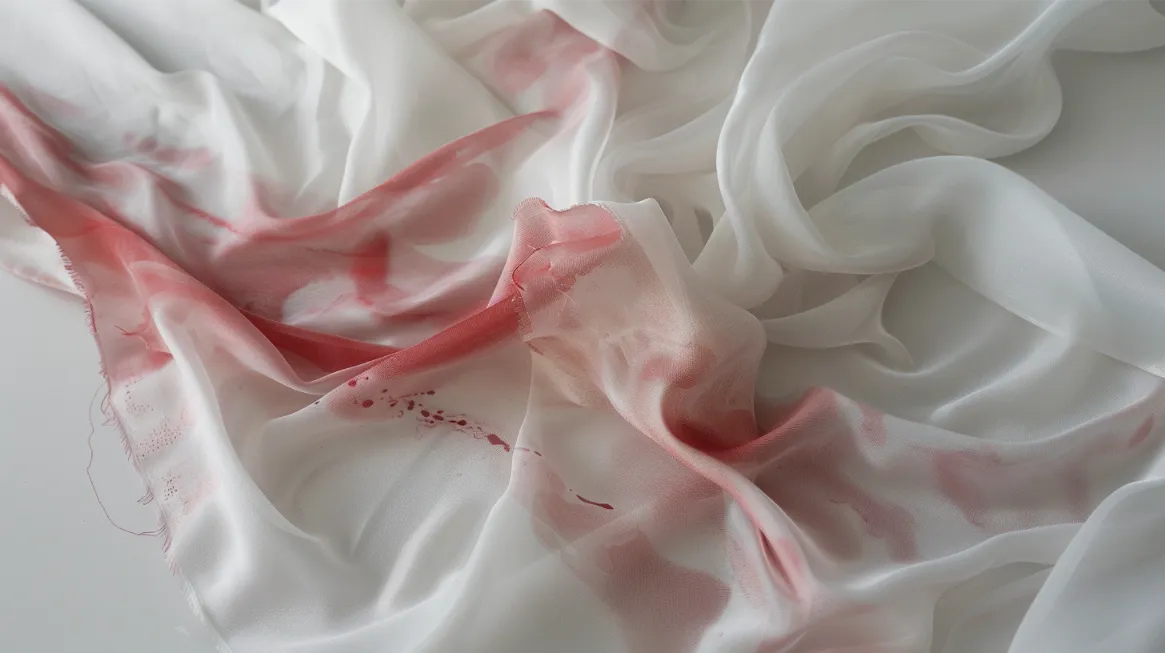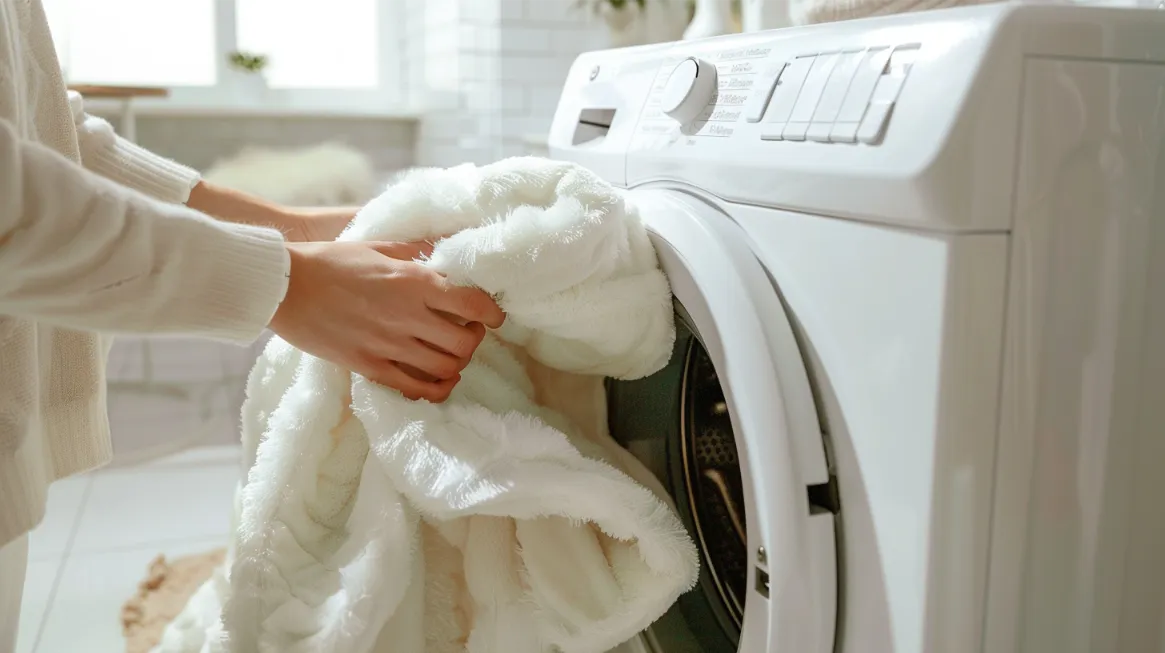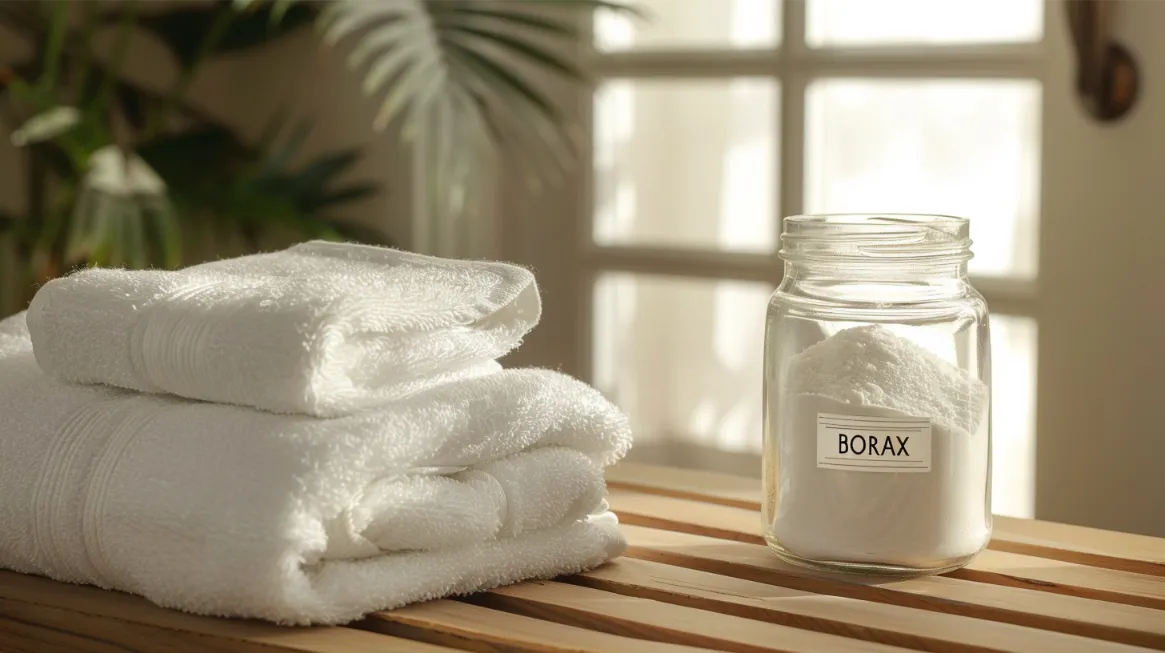Maintaining a clean and hygienic yoga mat is essential for a successful and enjoyable practice. With three simple steps, you can easily clean your yoga mat like a pro.
But what are these steps? How do they work? And why are they so effective?
In this discussion, we will explore the secrets behind these three simple steps, uncovering the techniques used by professional yogis to keep their mats pristine and fresh.
So, whether you’re a seasoned yogi or just starting, join us as we unravel the mystery of cleaning your yoga mat like a pro.
Key Takeaways
- Use a cleaning solution of water, vinegar, dish soap, and tea tree oil for an effective deep clean.
- Regularly wipe down the mat after each use to prevent germ and odor buildup.
- Properly dry the mat after cleaning to prevent mold and mildew growth.
- Store the mat in a well-ventilated area away from moisture and direct sunlight to maintain cleanliness.
Gather Necessary Cleaning Supplies
Gather the necessary cleaning supplies for a thorough and hygienic cleaning session to clean your yoga mat effectively. You will need a spray bottle, white vinegar, mild dish soap, tea tree oil, and a soft cloth. These supplies are essential for effectively removing dirt, bacteria, and odors from your mat, ensuring a clean and hygienic surface for your yoga practice.
The combination of water, vinegar, and tea tree oil in a spray bottle creates a powerful cleaning solution. White vinegar is known for its antibacterial properties, making it effective in killing germs and bacteria that may be present on your mat. Tea tree oil has natural antibacterial properties and adds a pleasant scent to the cleaning solution.
To begin cleaning, fill the spray bottle with water, adding a small amount of white vinegar, mild dish soap, and a few drops of tea tree oil. Shake the bottle gently to mix the ingredients. Next, spray the cleaning solution onto the mat’s surface, ensuring even coverage.
Using a soft cloth, gently wipe down the mat, focusing on any areas that may be particularly dirty or have strong odors. This will help remove any dirt, sweat, or bacteria accumulated on the mat during your yoga sessions.
Clean the Yoga Mat
It is important to follow a proper cleaning routine to effectively clean your yoga mat and ensure a hygienic surface for your yoga practice. Regularly wiping down your mat after each use is essential to prevent the buildup of germs, bacteria, and odors. However, to achieve a deep clean, it is recommended to use a yoga mat cleaner made with water, white vinegar, and tea tree oil. This gentle cleaning solution removes dirt and sweat from the mat’s surface.
To clean your yoga mat, spray the cleaning solution onto the mat. Then, gently scrub the mat using a soft cloth to remove any dirt or stains. Afterward, allow the mat to air-dry completely before rolling it up or using it again. This ensures that no moisture remains, which can lead to mold or mildew growth.
For a more thorough cleaning, it is advisable to spot-clean any visible dirt or grime on the mat. Apply a soapy water solution to the affected areas, scrub gently, and rinse thoroughly. This will help remove any stubborn stains and maintain the mat’s cleanliness.
Properly Dry and Store the Mat
Properly drying and storing your yoga mat is essential to maintain its integrity and prevent the growth of mold and mildew. Follow these steps to ensure your mat stays clean and fresh:
- After cleaning your yoga mat, it’s important to let it air dry completely before storing it. Hang the mat over a chair or railing, ensuring both sides are exposed to air. This will help to prevent any moisture from being trapped in the mat, which can lead to the growth of mold and mildew.
- When choosing a place to store the mat, avoid damp areas or direct sunlight, as both can contribute to moisture buildup. Instead, find a well-ventilated place that promotes air circulation.
- Roll it up tightly once the mat is fully dry to prevent dust and dirt from settling on its surface. This will also help to maintain the mat’s shape and prevent it from becoming misshapen over time.
- To prevent odors from developing, unrolling the mat and allowing it to breathe regularly is recommended. This will also help to promote air circulation and keep the mat fresh.
Frequently Asked Questions
Can I Use Alcohol Wipes to Clean My Yoga Mat?
Yes, alcohol wipes can be used to clean a yoga mat. They are effective in disinfecting the mat and removing germs and bacteria. However, it is important to ensure the alcohol content is appropriate to avoid damage or residue.
Can You Use Dish Soap on Yoga Mat?
Yes, dish soap can be used to clean a yoga mat effectively. Its mild yet powerful cleaning properties help break down oils, dirt, and sweat residue. Dilute the soap with water, avoid residue buildup, and rinse thoroughly for optimal results.
What Is the Best Cleaner for Exercise Mats?
The best cleaner for exercise mats is natural water, vinegar, and tea tree oil solution. This cleaner effectively removes germs, bacteria, and odors while being gentle on the mat material and prolonging its lifespan.
Which Yoga Mat Is Easiest to Clean?
Closed-cell yoga mats are the easiest to clean as they are water-resistant and less likely to retain bacteria and odors. Thicker open-cell mats may require more thorough cleaning due to their absorbent nature.










